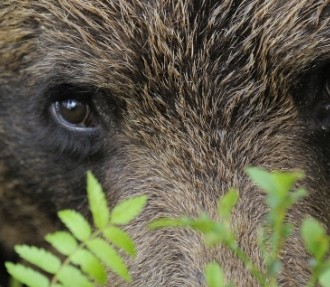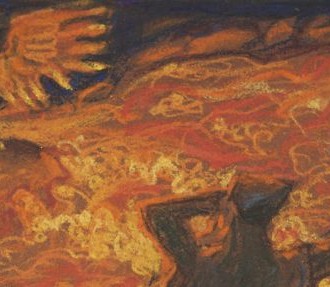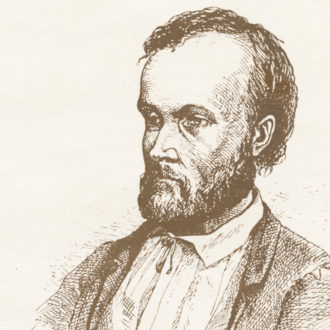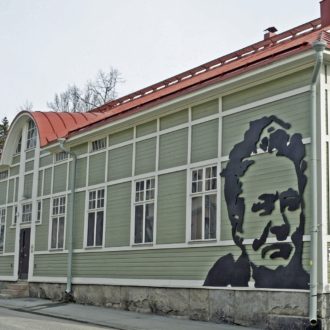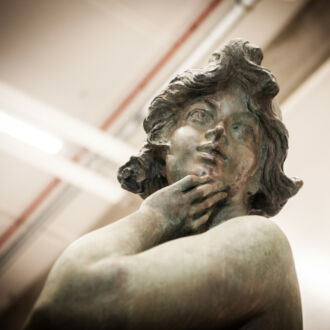The first edition of the Kalevala appeared in 1835, compiled and edited by Elias Lönnrot on the basis of the epic folk poems he had collected in Finland and Karelia. This poetic song tradition, sung in an unusual, archaic trochaic tetrametre, had been part of the oral tradition among speakers of Balto-Finnic languages for 2,000 years.
When the Kalevala appeared in print for the first time, Finland had been an autonomous Grand Duchy under Russia for a quarter of a century. Prior to this, until 1809, Finland had been a part of the Swedish empire.
The Kalevala marked an important turning point for Finnish-language culture and caused a stir abroad, as well. It brought a small, unknown people to the attention of other Europeans, and bolstered the Finns’ self-confidence and faith in the possibilities of the Finnish language and culture. The Kalevala began to be called the Finnish national epic.
Elias Lönnrot and his colleagues continued their efforts to collect folk poetry, and new material quickly accumulated. Using this new material, Lönnrot published a second, expanded version of the Kalevala in 1849. This New Kalevala is the version which has been read in Finland ever since and upon which most translations are based.
By Anneli Asplund and Sirkka-Liisa Mettomäki, October 2000, updated 2017
